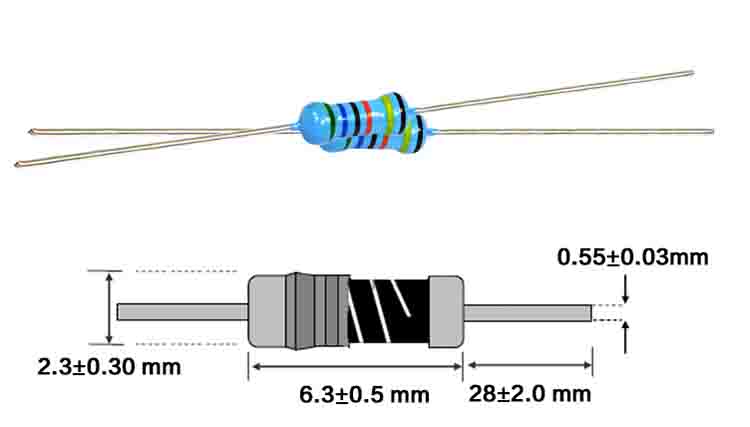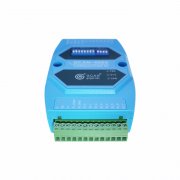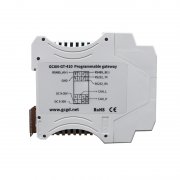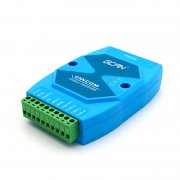The role of small resistance - CAN bus termination resistor
The role of small resistance - CAN bus termination resistor
1. Why do you need to add a terminating resistor?
CAN reduces the reflection of differential signals at the terminal.
The CAN bus is a combination of high and low level when the signal propagates. When the electrical signal propagates in the wire, the length of the wire harness is limited, which means that the original propagation medium of the electrical signal is copper wire or aluminum wire, which changes when the terminal is removed. It becomes air, and the transformation of this medium produces reflections, like the flow of water is blocked in the tail of the test tube (flat), and the water will come back. The same is true for differential signals. Instead of adding resistance to the two terminals, the reflected wave and the incident wave of the CAN node will interfere with each other, which will result in the occurrence of an error frame. If the error is more, the node stops transmitting the message, which in turn affects the communication.
Adding a resistor to the terminal is like adding a gradual medium at the end to allow CAN messages to be sent and received normally.
2. Why choose 120Ω?
When the signal edge energy encounters an impedance mismatch at a higher slew rate, signal reflection occurs; the geometry of the transmission cable cross-section changes, the characteristic impedance of the cable changes, and the reflection . Therefore, the principle of terminal resistance value selection is consistent with the characteristic impedance of the cable.
The characteristic impedance of any cable can be experimentally obtained to have a characteristic impedance of approximately 120 Ω, which is also the terminal resistance value recommended by the CAN standard. . (The cable is connected to the square wave generator at one end and an adjustable resistor at the other end, and the waveform on the resistor is observed through the oscilloscope. Adjust the resistance value until the signal on the resistor is a good square wave without ringing. The resistance value at this time can be considered to be consistent with the characteristic impedance of the cable.)
The terminating resistor must have two on the CAN bus, the resistance is 120 ohms, parallel, and one end of the farthest end. No more, no less. If you are not sure, use a multimeter to measure. The best between 60 Ω and CAN-H between CAN-H and CAN-L. If there are multiple nodes, the terminating resistor should be appropriately increased.
Summary
1. The role of CAN bus terminating resistor:
a. Improve the interference capability and ensure that the bus enters the recessive state quickly;
b Adding a resistor in the terminal is like adding a gradient medium at the end point, so that CAN messages can be sent and received normally.
2. Regardless of the length of the bus network, the terminal resistors need to be added at both ends of the network.
3. Increase the resistance of the terminating resistor when the communication distance is long, and reduce the attenuation of the resistance signal of the bus, such as: 150 ohms - 300 ohms
3. Increase the resistance of the terminating resistor when the communication distance is long, and reduce the attenuation of the resistance signal of the bus, such as: 150 ohms - 300 ohms








